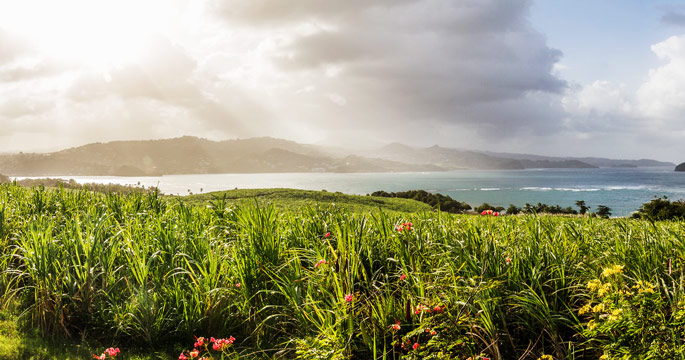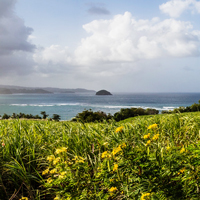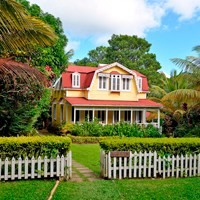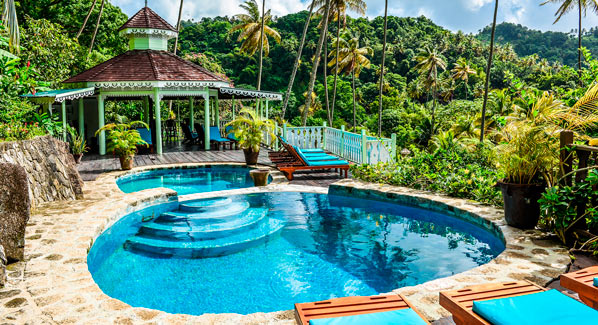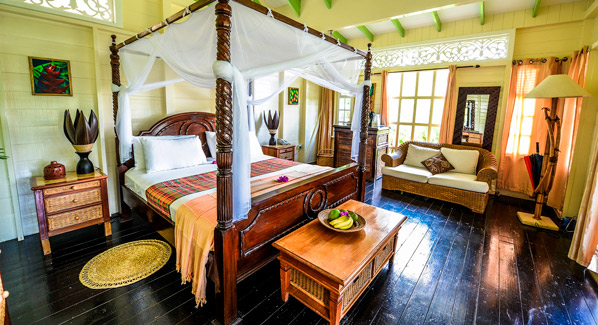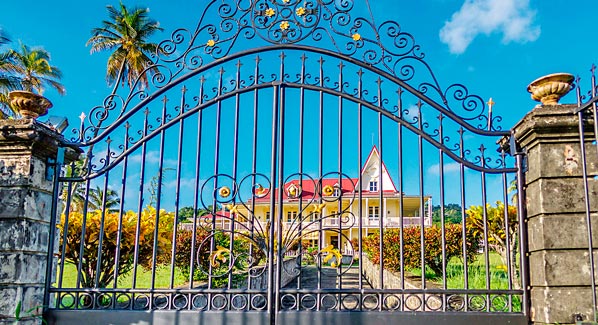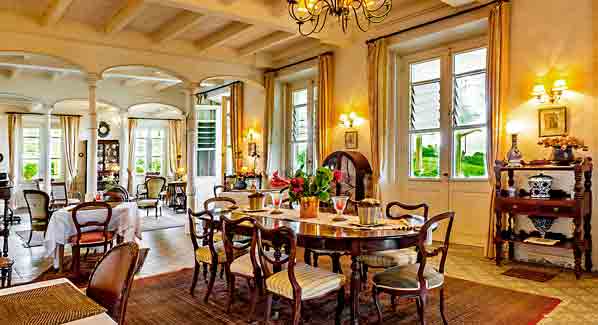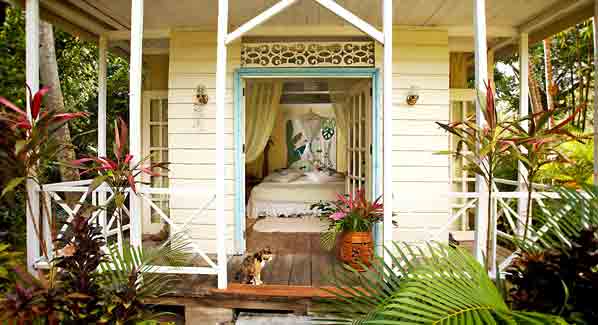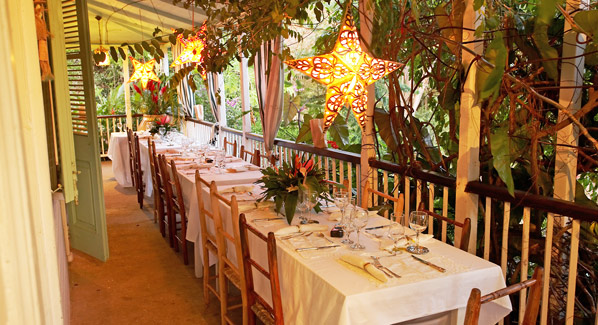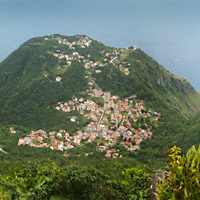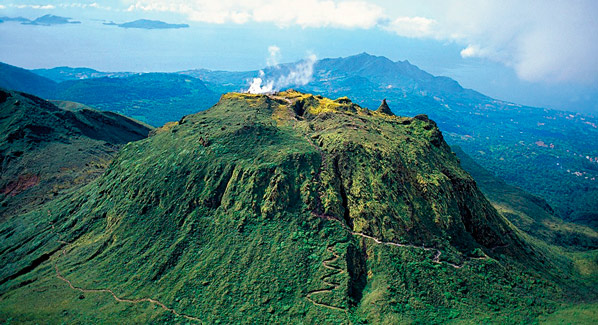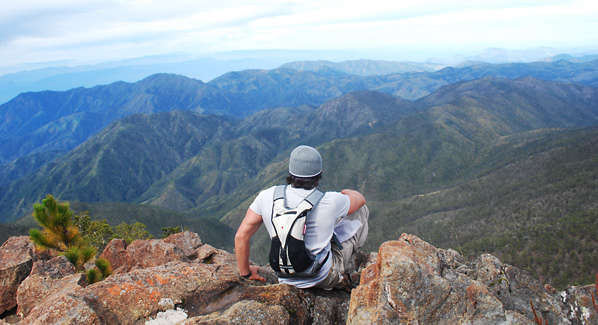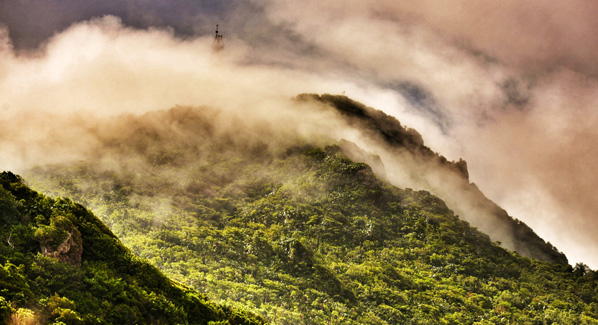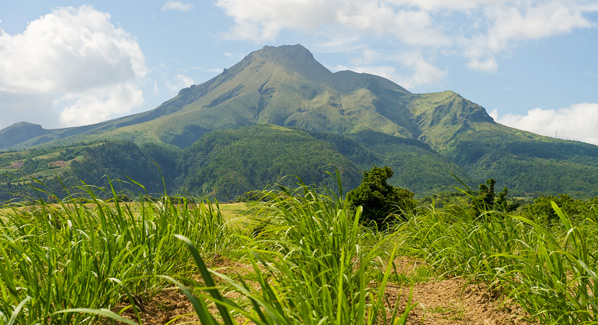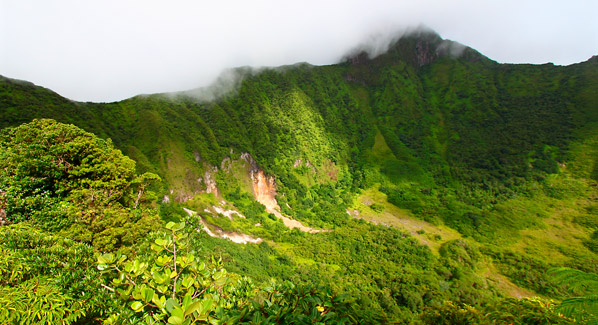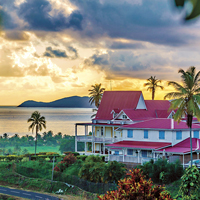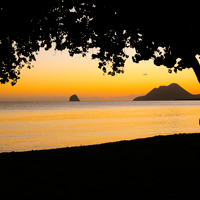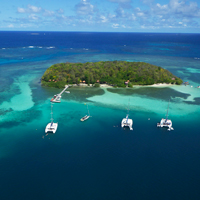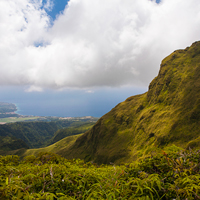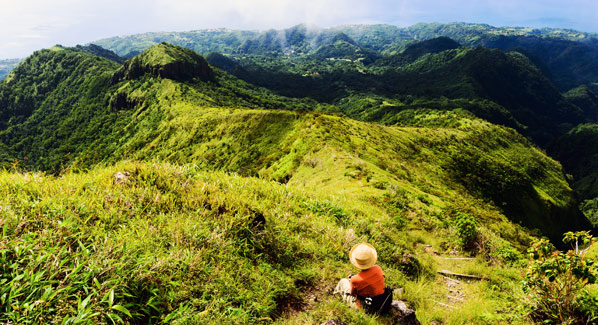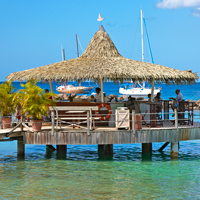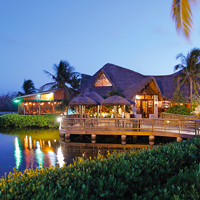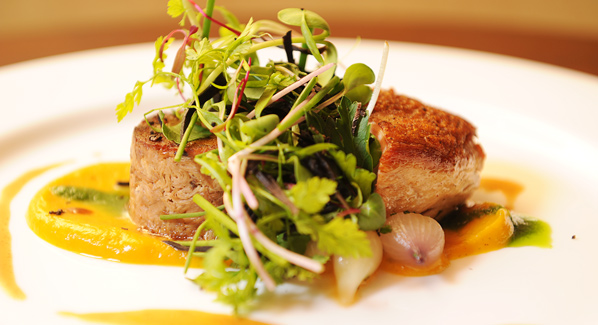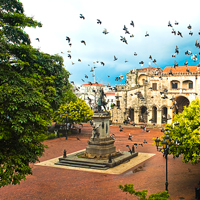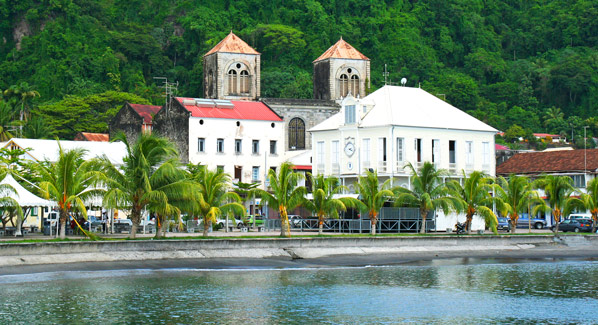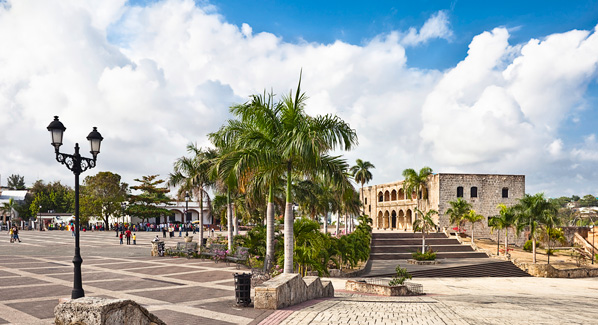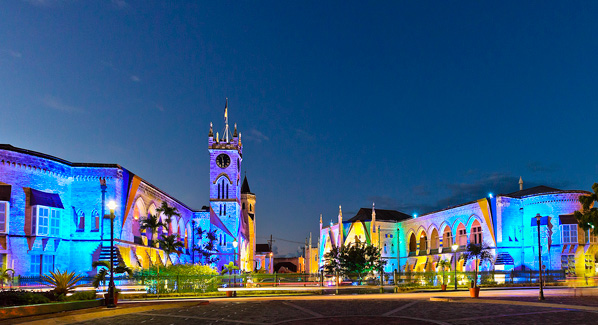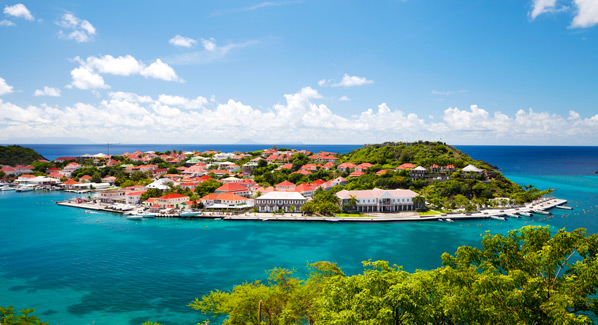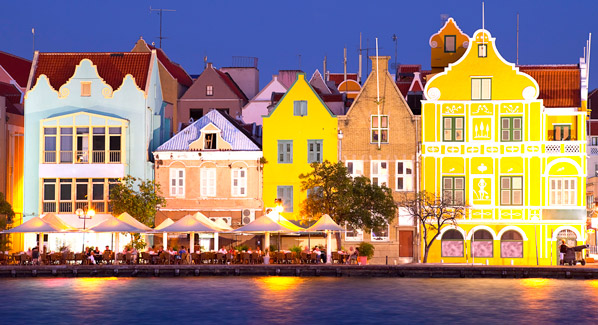The flight from Miami provided a chance to replay fond memories of Martinique. In my early 20s, I hopped a sailboat to the island and spent three idyllic weeks sleeping under the stars, swimming on remote beaches and dining on local fruits and crispy baguettes hot from the oven of a village bakery. From the scenery to the culture to the food, this most French of Caribbean islands left quite an impression. In the years since, my work for scuba diving magazines took me all across the Caribbean, but never again to Martinique. Now, it was time to conjure my very limited command of the French language, and see what changes the years had brought to the island.
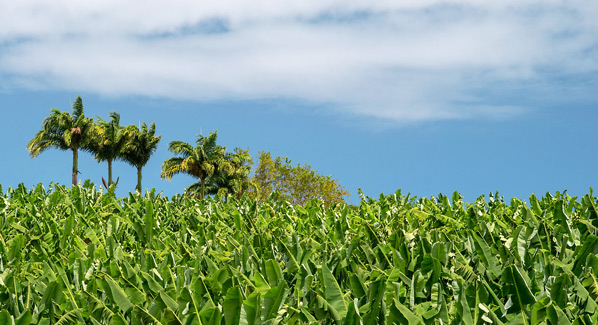
Habitation Clement rum distillery and grounds include botanical gardens, an art museum, aging rooms and rum tasting room which is the finale to any rum tour. Photo: Paul W. Locke
An Emerging Market
Martinique has long remained off the North American tourism radar. Recently, however, lower airfares and new direct flights from North America promise to open the market. That said, all of the other airliners docked at Aimé Césaire International Airport when we arrived bore the markings of European carriers. Curbside, we were immediately pegged as Americans by a crowd of taxi drivers with little to no command of English. No problem, they quickly waved over one of their bi-lingual contemporaries, and we were soon ushered into a gleaming new Mercedes taxi and on our way to the resort district of Trois-Ilets and Pointe du Bout.
The route, which I remember as a narrow two-lane, had evolved into a divided highway, flanked by car dealerships and big-box stores. Five miles later, we turned onto a secondary road, and the scenery reverted to cane fields and cottages. What stayed with us was the traffic. “We have 400,000 people on the island and more than 240,000 cars,” our taxi driver explained. As I later confirmed, he was not joking. A high standard of living, combined with sparse options for public transportation, has turned Martinique into an island of drivers.
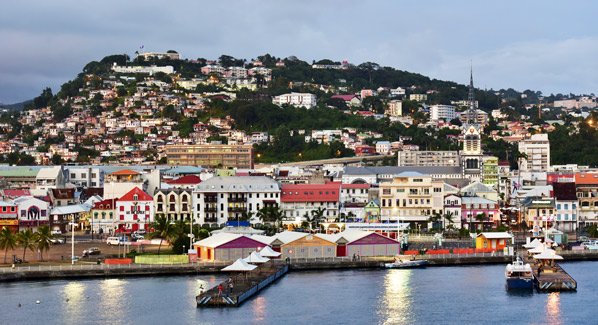
Dusk in Fort-de-France seen from the waterfront. The city is popular for gold jewelry shops, madras fabrics and the covered market where vendors offer local handicrafts, tropical produce and homegrown elixirs. Photo: Shutterstock
To the Point
Located across the bay from the capital city of Fort-de-France, the peninsula of Pointe du Bout is home to a collection of waterfront hotels dating from the 1980s. A more recent addition is the Creole Village, with its themed Colonial architecture. The shops and eateries of the village were originally created as a day-trip destination for cruise ship passengers, who disembark at Fort-de-France, and make a 15-minute ferry ride across the bay. But compared to most other islands in the Eastern Caribbean, cruise traffic to Martinique is light, and we saw few ship-bound tourists afoot. Instead, the ice cream shops and cafes of the village have become a favorite with local teens and the island’s see-and-be-seen 20-somethings.
A quarter-mile to the south of Pointe du Bout, the scene turns more local and less scripted. Here, fishmongers and coconut water vendors man makeshift stalls along the sands of Anse Mitan beach, small fishing boats bob at anchor, and the menus posted outside small beachfront restaurants are printed only in French. We checked in to a vintage two-star hotel near the town dock, and it was beginning to feel more like the island of my memories.
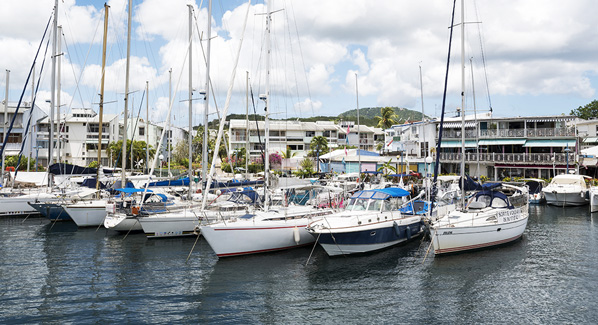
Pointe du Bout in Trois-Ilets is connected to Fort-de-France by ferry service. The marina serves as home base for yachties and Creole Village offers a handful of bars, eateries and shops. Photo: Walt Stearns
Life Aquatic
The marina at Pointe du Bout is the starting point for a number of aquatic adventures. We sampled one of the favorites by boarding a large sailing catamaran for a day sail up the coast. The schedule included time to watch wild dolphins frolic, stops to snorkel, and shore leave at the historic waterfront of Saint-Pierre. What set this voyage apart from similar boat trips offered on other Caribbean islands was lunch. I was expecting the usual chips and sandwiches served up by the deckhands. But, not in Martinique. Our boat crew included a dedicated chef, and after the crew set tables with cutlery, wine glasses and flowers, the appetizers began to appear and the reds and whites began to flow. Next came the salad course, and then the main course cooked fresh to order, a cheese platter, and finally, a flambé for dessert, with coffee to finish.
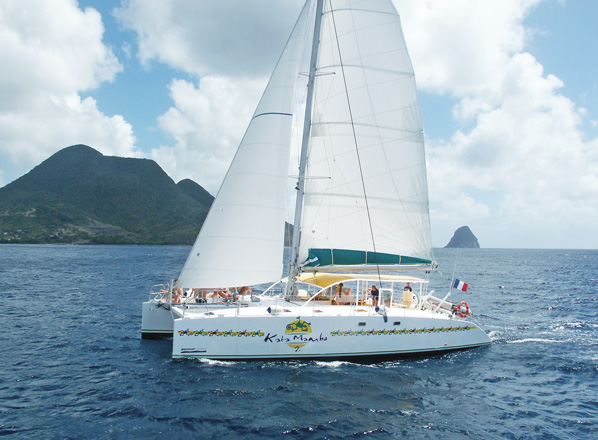
Exploring the north coast from Pointe de Bout to Saint-Pierre via catamaran on a sailing trip with Kata Mambo is a pleasant way to see the island. Photo: Pierce Hoover
Beyond Downtown
Island tours are an almost obligatory part of any Caribbean vacation, and Martinique would be no different. Our full-day van trip to the island’s north began with a stop in the capital city of Fort-de-France. Anyone expecting a quaint, historic waterfront would be disappointed to discover that the capital city is a bustling, traffic-filled, metropolitan hub. The main interests include the historic buildings of Cathédrale Saint-Louis de Fort-de-France and Bibliothèque Schoelcher and the seaside Fort Saint-Louis.
The tour took a turn for the better as we headed north along the coast, and made a stop at the historic Neisson distillery. Martinique is world-famous for its rums, which have been awarded the designation of “Appellation d’Origine Contrôlée”, much like fine French wines. The highlight of the day was time spent in the rainforests of the island’s mountainous interior, where waterfalls and rushing streams cascade through rugged valleys.
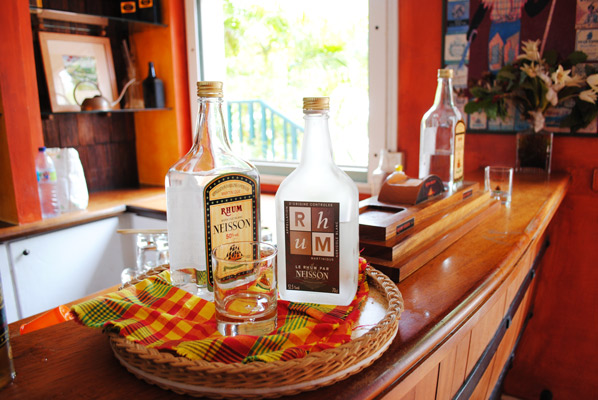
Family-run Neisson Rhum distillery has been a working facility since its inception in 1932. After a guided tour through the distillery visitors are keen to sample the rum tasting finale. Photo: Christel Coita/Martinique Promotion Bureau
Southern Charms
Martinique’s true charms were not revealed until we turned our attention to the south. The Caribbean coastline between Pointe du Bout and the village of Sainte-Anne is punctuated by small bays, hidden coves and quiet beaches. Many of these coastal indentions show traditional fishing villages, along with a limited number of boutique beach resorts. These quiet oceanfront havens are best discovered by simply following the secondary roads that hug coastal bluffs and descend into sheltering valleys. By far, my favorite was the villages of Les Anses d’Arlet, which include four small communities tucked into a succession of coves connected by a steep, winding coastal road. Particularly charming is the southernmost settlement of Anse d’Arlet Bourg, which seems pleasantly, stuck in an earlier century. Here, local children swim from a community pier, and the quiet beach seems beyond the range of tour buses.
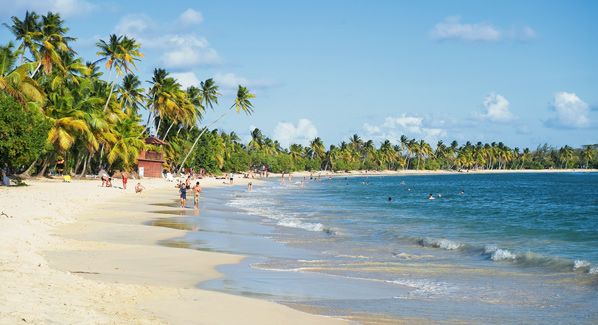
The southern region of Martinique is known for its picturesque bays and white sand beaches. Grande Anse des Salines in Sainte-Anne is one of the most popular spots. Photo: Luc Olivier/Martinique Promotion Bureau
Windward Green
Yet another aspect of Martinique was revealed on a subsequent drive over the central hills to the island’s windward coast. Here, the island’s agricultural heritage lives on in sprawling fields of sugarcane and banana plantations. Trade winds are a constant and welcome companion, mitigating the warmth of the tropical sun, and flowing onto the verandahs and chambers of the intimate guesthouses that are tucked away on hillsides overlooking farms and distant ocean views. On my next visit to Martinique — and there will be a next — the only real decision will be between hiring a private hillside home on the outskirts of Anse d’Arlet, or reserving a room at a small guest house on the windward coast. Or, if time permits, perhaps both.
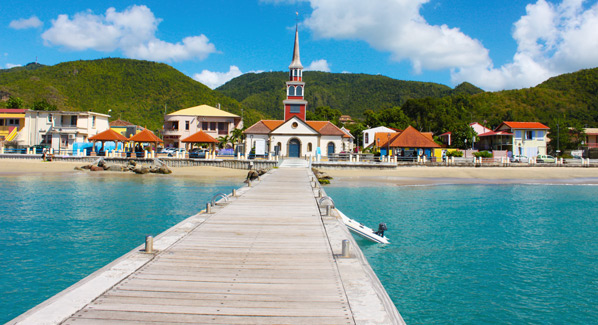
Anses d’Arlets has maintained its traditional calm and tranquil lifestyle over the years. Local kids jump from the pier, swimmers shadow the coastline and diners visit seaside eateries. Photo: Antoine Omere/Martinique Promotion Bureau

